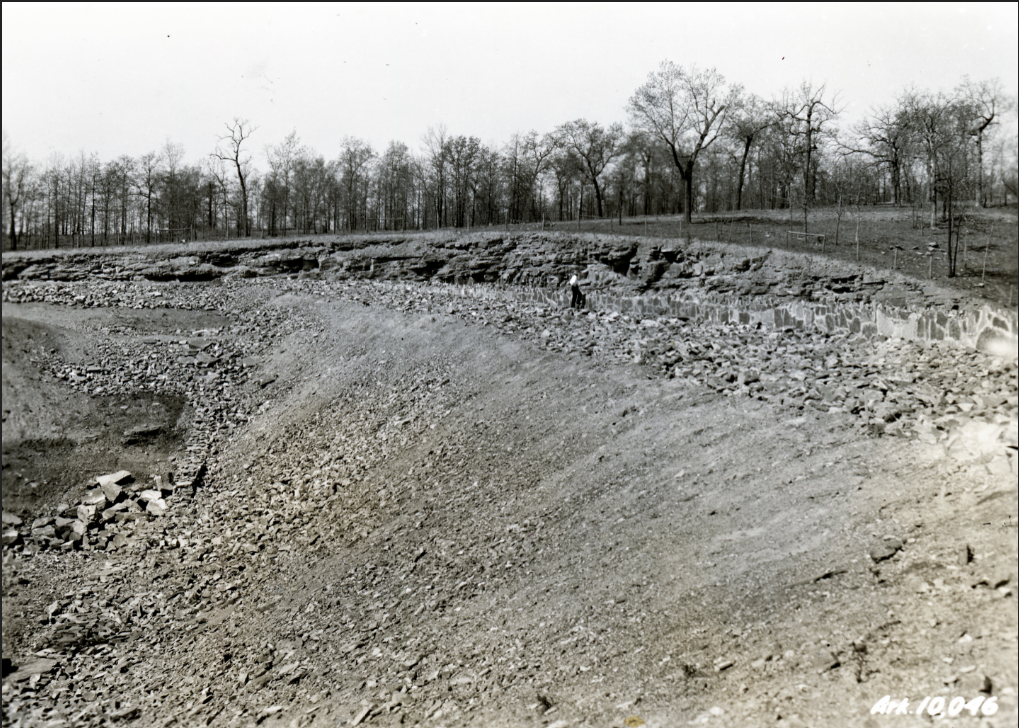Lake Bennett Construction
Lake Bennett, named for Dr. Hugh Hammond Bennett, former Director of the U.S. Soil Conservation Service, now known as the Natural Resources Conservation Service, and known internationally as the father of soil conservation. Lake Bennett was the first watershed structure constructed in the United States to study the effects of water run off, siltation, and erosion control from a specific watershed.
Constructed in 1935 by the Works Progress Administration and the Civilian Conservation Corps and given to the people of Faulkner County, Lake Bennett is 37 acres and is located in Woolly Hollow State Park. Original construction costs were around $250,000. The project director was Fred C. Newport.
Constructed in 1935 by the Works Progress Administration and the Civilian Conservation Corps and given to the people of Faulkner County, Lake Bennett is 37 acres and is located in Woolly Hollow State Park. Original construction costs were around $250,000. The project director was Fred C. Newport.
The image above is a picture of the late Hugh Hammond Bennett's wife at the marker dedication ceremony for Lake Bennett
Lake Bennett Construction Photos
The dam at Lake Bennett contains a stone masonry core that is 10 feet wide at the base and 2 feet wide at the crest. The dam is 360 feet long and was originally reinforced with 39,000 cubic yards of earth and rock fill. The core of the dam is 49 feet tall and was all hand-made with rock hauled in from nearby Camp Halsey.
Workers from the Civilian Conservation Corp (CCC) were trained at Camp Halsey by Soil Conservation Service officials. Their training consisted of engineering and agricultural methodologies.
View from the upper side of the dam.
Dam at the end of construction
Recreation at the dam in the 1930's










